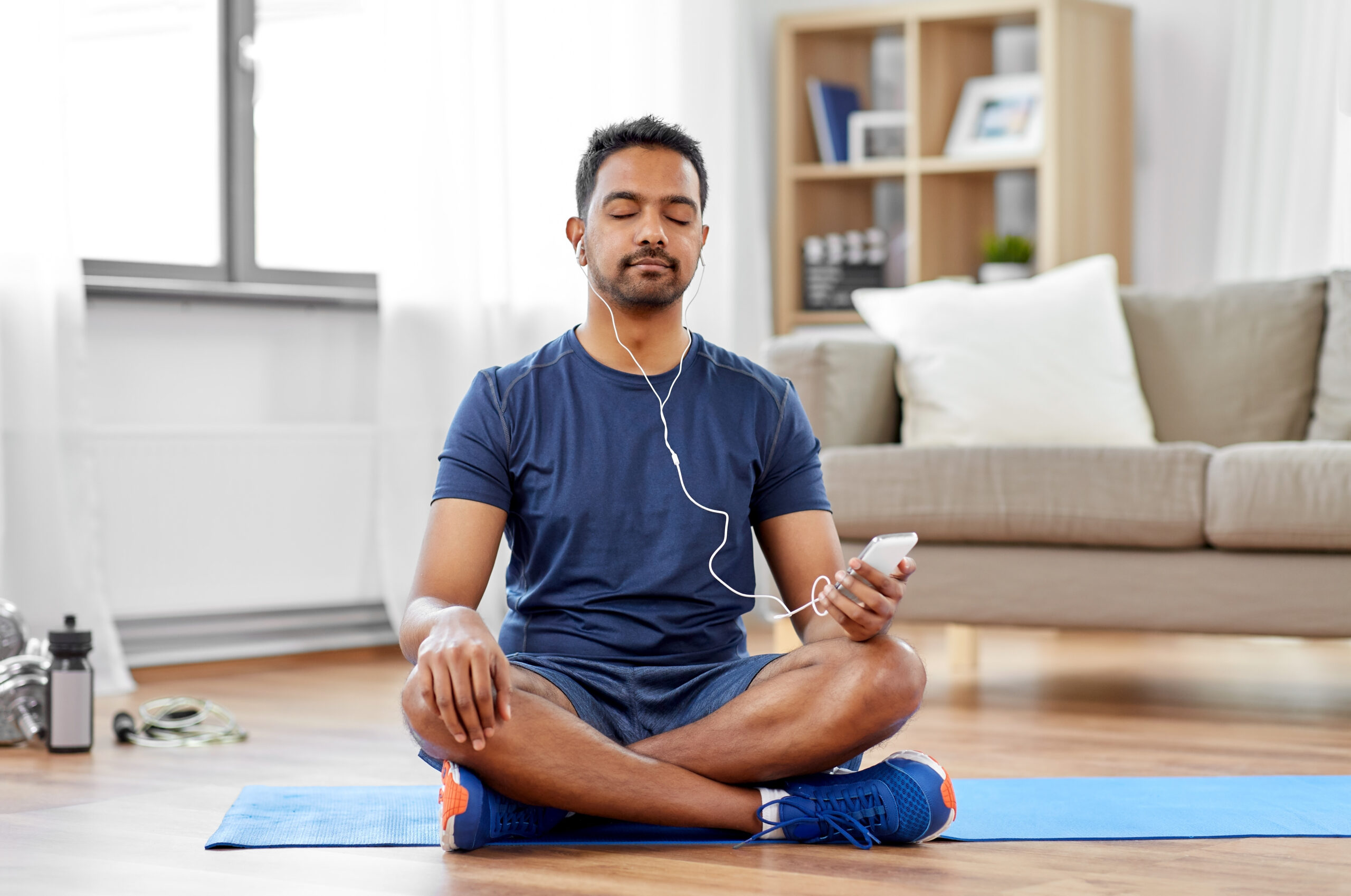Do you ever feel like you’re always on the go, jumping from one activity to the next? Thinking about all the things you still need to check off your long to-do list? Maybe you’re more worried about capturing a great experience on video instead of enjoying it through your own eyes. If any of this sounds like you, you’re not alone.
Life can often feel hectic, even overwhelming, for busy students and business professionals. The increasing demands of this always-on, always-connected culture can make it challenging to slow down and be present in the moment.
The practice of mindfulness has been growing in popularity because of its ability to help people better manage stress and distractions in a busy, noisy world.
What are the benefits of mindfulness?
According to Mindful.org, mindfulness is the art of creating space for yourself — space to think, space to breathe, space between yourself and your reactions.
In a professional setting, practicing mindfulness has been associated with positive outcomes, including:
- Improved cognitive function
- Higher emotional intelligence
- Improved work performance
- A decrease in stress, anger, burnout, anxiety, and depression
One Oxford study looked at the effects of mindfulness on public school teachers in the United Kingdom. After 8 weeks of practicing mindfulness, the teachers showed reduced stress and burnout, more focused attention, and better working memory capacity.
Practicing mindfulness
When you picture what it means to practice mindfulness, you might envision an enlightened guru sitting cross-legged on a hill in deep meditation, deciphering all the great wisdom of the universe.
In reality, anyone can learn and practice mindfulness — no expensive yoga retreat required. Mindful.org recommends the following steps:
- Take a seat. Find a place to sit that feels calm and quiet to you.
- Set a time limit. If you’re a beginner, choose a short time, like 5 or 10 minutes.
- Notice your body. You can sit in a chair, cross-legged on the floor, or whatever feels comfortable. Just be sure you’re in a stable position you can stay in for the entire time.
- Feel your breath. Follow the sensation of your breath as it goes in and out.
- Notice when your mind has wandered. Your attention will sometimes wander to other places. When you notice this, simply return to focusing on your breath.
- Be kind to your wandering mind. Don’t judge yourself or obsess over your thoughts. Just come back to your mindful state.
You can do this practice as often and for as long as you like. If you need help, there are books, online courses, and mobile apps to help train your mind and body to be more mindful.
Mindfulness apps
Looking at your phone may seem like the opposite of being mindful, but if you’re new to mindfulness, there are apps that can help you learn and remind you to practice each day. (Just be sure to turn off those pesky notifications.)
There are many different options, and many are free or offer a free trial. Most of these are available on the App Store and Google Play:
Taking the time to incorporate mindfulness into your busy schedule is a great way to care for your mental health and wellness. So give it a try. You deserve it!

